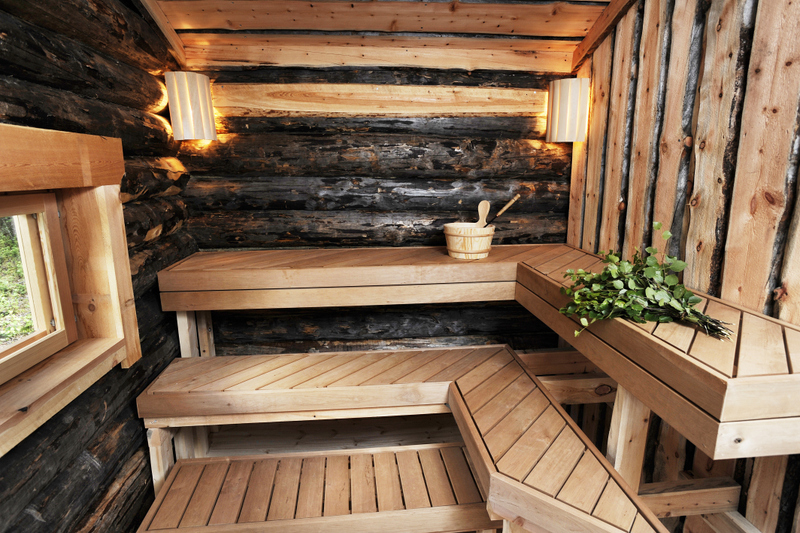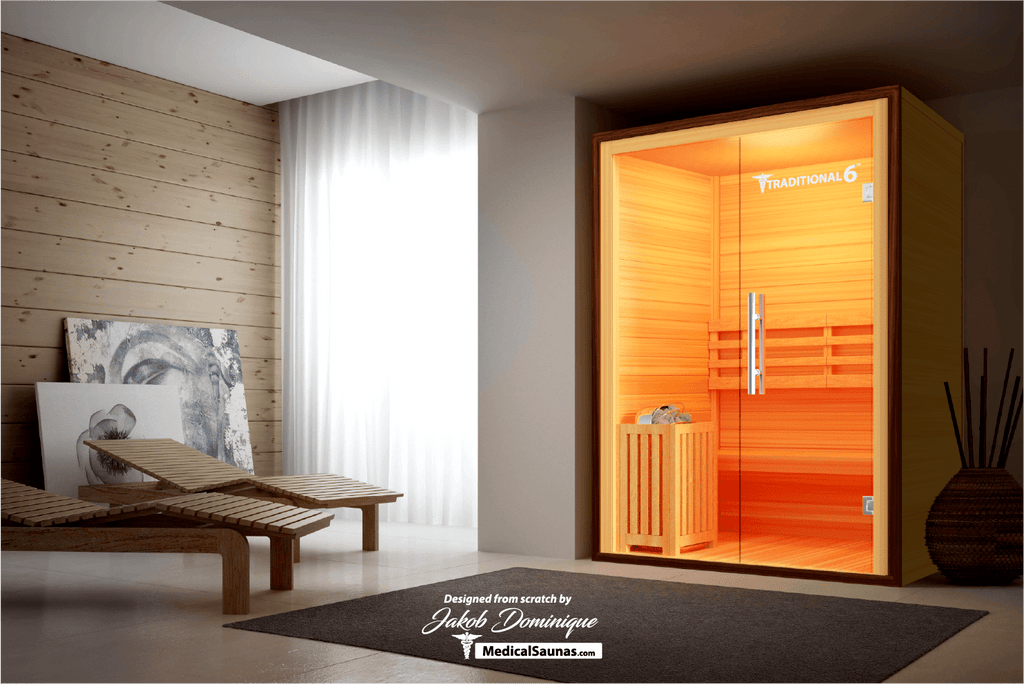Traditional Sauna Fundamentals Explained
Traditional Sauna Fundamentals Explained
Blog Article
Unknown Facts About Traditional Sauna
Table of ContentsThe Buzz on Traditional SaunaThe 6-Minute Rule for Traditional SaunaThe Buzz on Traditional SaunaThe 25-Second Trick For Traditional SaunaTraditional Sauna Things To Know Before You Buy
A lot of the weight lost in a sauna is water loss and is re-gained upon rehydrating. Nevertheless, undeniably sauna can be an integral part of a healthy weight reduction program. To take a look at the differences between standard and IR saunas, I will certainly separate these into verifiable, academic, and fabricated differences.Hence, the most popular point in the saunawhich goes to the ceiling directly above the sauna heateris normally in between 185 and 190 F. Claims that a typical sauna goes beyond 200 F is merely not real and not suitable for electric saunas sold in the United States. The temperature level for a far-infrared sauna is generally established between 120 and 140 F; nonetheless, unlike the traditional sauna, the objective in and IR space is not to achieve a heat.
Due to the fact that of this, the temperature difference is almost unnecessary, since profuse sweating causes both sauna kinds, however the method of heating the body is different. In an IR sauna the bather will certainly really feel warm and will sweat profusely, yet at much reduced temperatures (Traditional Sauna). Thus, if the objective is to spend longer amount of times in the sauna, the IR sauna is an excellent selection
When a standard sauna has been appropriately heated up, the sauna walls are cozy, the air temperature level has actually attained established temperature and the rocks are very warmed. As an interesting side note, the heated wall surfaces and the rocks are discharging far-infrared heat, combined with the heated air, to produce an "covering warm".
The Buzz on Traditional Sauna

When the heat is accomplished, the components cycle on and off to maintain the heat. Most typical sauna customers delight in pouring water over the rocks to produce vapor to raise sauna humidity levels. The benefits of putting water over the rocks consist of: making the area more comfortable, moistening the nasal passages, and enabling the usage of aromatherapy by blending necessary oils with the water.

When the energy enters the body, it creates the body temperature level to boost and ultimately results in sweating. In an infrared sauna it's important for the emitters/heaters to remain on practically frequently. Because there is no mass of rocks to keep warmth, the sauna will certainly cool down if the emitters shut down.
As mentioned over, the sauna bather in an infrared space wishes to place himself in front of running emitters to get maximum gain from the heat. The home heating time for the 2 rooms can be really various, depending on exactly how the areas are used. For a traditional sauna, a bather ought to enable 30-40 minutes for the space to achieve a desired temperature and to properly pre-heat the rocks.
The Traditional Sauna Ideas
A well constructed sauna will typically accomplish a temperature of 150-160 F in about 30-40 minutes. For hotter temperature levels, the area may require to warmth for visit homepage a longer period.

Typical saunas often tend to be larger (for this reason use more power) than infrared saunas, although conventional saunas are absolutely available in one and 2 individual sizes. For a two-person conventional sauna, 5x6 or 5x7 size is most preferred. The Continue top bench can easily seat navigate to this website two or three people and is also long enough to relax during the sauna session.
Traditional Sauna Fundamentals Explained
The average price per kWH of electricity in the U.S. is roughly $0.11, so a 4.5 kW heating system will certainly set you back approximately $.50 to compete one hour, if the heating unit runs continuously for one hour. Usually a sauna heating system will compete 75% of the very first hour and 50% of succeeding hours on given that the elements cycle once the established temperature is accomplished.

Ultimately, there is a rarely talked about distinction in the social experience between both areas. While our culture has actually lost some of the social advantage of the standard sauna experience, it can be extremely socially satisfying (Traditional Sauna). From family time in the sauna, to heart-felt discussions with substantial others, to sauna partiesthe typical sauna experience can cause intimate interacting socially
Some Known Facts About Traditional Sauna.
The majority of higher end infrared rooms include colored light treatment, audio systems and full-glass fronts.
Report this page